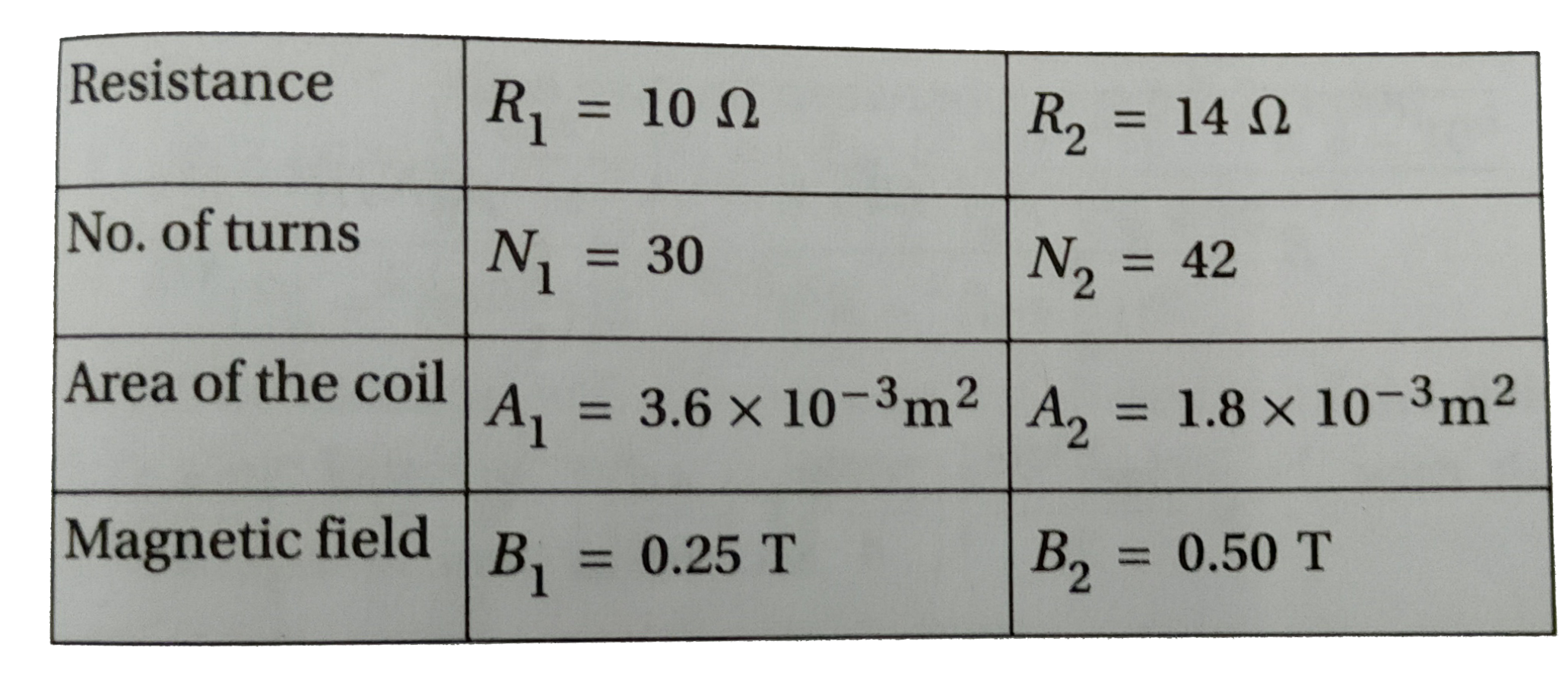A charged particle is released from rest in a region of steady and uniform electric and magnetic fields, which are parallel to each other. What will be the nature of the path followed by the charged aprticle ?Solution in Bengali
The force on a particel of charge q and mass m acting along the direction of the uniform electric field →E=eE, and its acceleration =qEm= constant. So, this particle has a uniformly accelerated motion along →E.
Now, →Eand→B are parallel, thus the particle velocity is also parallel to →B. then, the magnetic force on the particle =0, i.e., the magnetic field has no effect on the motion of the particle.
Topper's Solved these Questions
- ELECTROMAGNETISM Book:CHHAYA PUBLICATIONChapter:ELECTROMAGNETISM Exercise:NCERT TEXTBOOK QUESTIONS WITH ANSWER HINT
Explore 25 Videos
- ELECTROMAGNETISM Book:CHHAYA PUBLICATIONChapter:ELECTROMAGNETISM Exercise:NCERT EXAMPLAR QUESTIONS WITH ANSWER HINT (MCQ-1)
Explore 2 Videos
- ELECTROMAGNETISM Book:CHHAYA PUBLICATIONChapter:ELECTROMAGNETISM Exercise:SECTION RELATED QUESTIONS
Explore 64 Videos
- ELECTROMAGNETIC WAVES Book:CHHAYA PUBLICATIONChapter:ELECTROMAGNETIC WAVES Exercise:CBSE SCANNER
Explore 17 Videos
- ELEMENTARY PHENOMENA OF ELECTROSTATICS Book:CHHAYA PUBLICATIONChapter:ELEMENTARY PHENOMENA OF ELECTROSTATICS Exercise:EXAMINATION ARCHIVE
Explore 2 Videos
Similar Questions
Two moving coils meters M1andM2 have the following particulars :

(The spring constancs are identical for the two meters ).
View SolutionTwo charged particles traverses indentical helical paths in a completely opposite sense in a uniform magnetic field, →B=B0ˆK.
View SolutionWhat are the fundamental properties of a magnet ?
View SolutionWhat are the directions of electric and magnetic field vectors relative to each other and relative to the direction of propagation of electromagnetic waves?
View SolutionDefine surface density of electric charge
View SolutionA charged particle is released from rest in a region of steady and uniform electric and magnetic fields which are parallel to each other . The particle will remove in a
View SolutionIn a region, steady and uniform electric and magnetic fields are present . These two fields are parallel to each other. A charged particle is released from rest in this region . The path of the particle will be a
View SolutionA charged particle released from rest in a region of steady and uniform electric and magnetic fields, which are parallel to each other. What will be the nature of the path followed by the charged particle?
View SolutionA charged particle is released from rest in a region of steady uniform electric and magnetic field which are parallel to each other. The particle will move in a
View SolutionIn a region, steady and uniform electric and magnetic fields are present. These two fields are parallel to each other. A charged particle is released from rest in the region. The path of the particle will be a.......
View SolutionA charged particle is released from rest in a region of steady and uniform electric and magnetic fields which are parallel to each other. The particle will move in a
View SolutionA charged particle is released from rest in a region of steady and uniform electric and magnetic fields which are parallel to each other . The particle will move in a
View SolutionIn a region, steady and uniform electric and magnetic fields are present . These two fields are parallel to each other. A charged particle is released from rest in this region . The path of the particle will be a
View SolutionIn a region, uniform electric and magnetic fields are present. These two areas are parallel to each other. A charged particle is released from the break in this region. The path of the particle will be:
View SolutionA charged particle is released from rest in a region of steady and uniform electric and magnetic fields which are parallel to each other . The particle will move in a
View SolutionA charged particle is released from rest in a region of steady and uniform electric and magnetic fields, which are parallel to each other . What will be the nature of the path followed by the charged particle ? Explain your answer:
View Solution